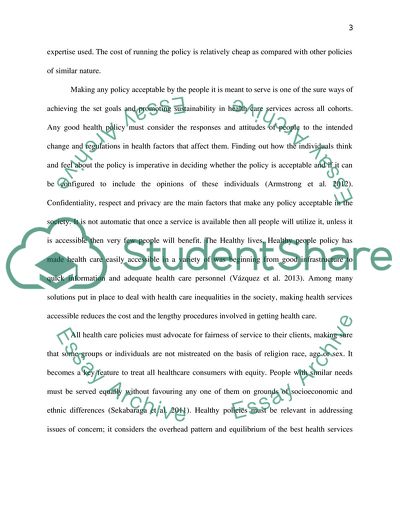Cite this document
(Health Policy and Practice Coursework Example | Topics and Well Written Essays - 3000 words, n.d.)
Health Policy and Practice Coursework Example | Topics and Well Written Essays - 3000 words. Retrieved from https://studentshare.org/health-sciences-medicine/1857012-health-policy-and-practice
Health Policy and Practice Coursework Example | Topics and Well Written Essays - 3000 words. Retrieved from https://studentshare.org/health-sciences-medicine/1857012-health-policy-and-practice
(Health Policy and Practice Coursework Example | Topics and Well Written Essays - 3000 Words)
Health Policy and Practice Coursework Example | Topics and Well Written Essays - 3000 Words. https://studentshare.org/health-sciences-medicine/1857012-health-policy-and-practice.
Health Policy and Practice Coursework Example | Topics and Well Written Essays - 3000 Words. https://studentshare.org/health-sciences-medicine/1857012-health-policy-and-practice.
“Health Policy and Practice Coursework Example | Topics and Well Written Essays - 3000 Words”, n.d. https://studentshare.org/health-sciences-medicine/1857012-health-policy-and-practice.


